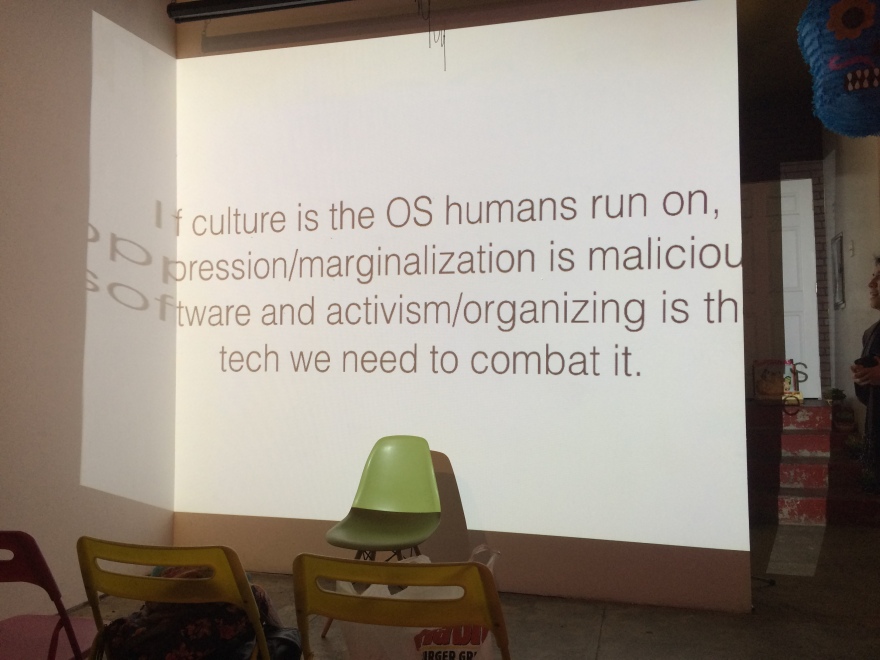Sumaya Kassim describes the challenges of trying to bring context to Birmingham Museum and Art Gallery
“The master’s tools will never dismantle the master’s house. They may allow us to temporarily beat him at his own game, but they will never enable us to bring about genuine change.” Audre Lorde, 1978
Earlier this year, I was part of a group of co-curators invited to set up an exhibition at Birmingham Museum and Art Gallery (BMAG) which would use the Museum’s collection to confront history in new and challenging ways. The attempt is worthy – reflective of movements like ‘Rhodes must fall’ and ‘why is my curriculum white’, which call for a radical reassessment of history, an awareness of how colonial processes impact our present times. However, the exhibition brought into focus an important question – one of whether large British institutions like BMAG can and should promote ‘decolonial’ thinking, or…
View original post 1,976 more words

 Geographic information system (GIS) has changed social science and humanities research through spatial analysis. It has reinvigorated the spatial turn, which has swept many fields in the past decades, improving their empirical foundations, methodological tools and analytical process. Historians, especially those working within the field of urban history, have looked to GIS to incorporate new resources and methods to raise new questions or revisit old ones. Further, given the considerable data demands of certain projects, GIS mapping has made historical research more accessible, collaborative and open-ended. Some of the most fruitful collaborations occur when the public is directly invited to help produce and make use of historical GIS data, as is the case with the New York Public Library’s several creative initiatives (
Geographic information system (GIS) has changed social science and humanities research through spatial analysis. It has reinvigorated the spatial turn, which has swept many fields in the past decades, improving their empirical foundations, methodological tools and analytical process. Historians, especially those working within the field of urban history, have looked to GIS to incorporate new resources and methods to raise new questions or revisit old ones. Further, given the considerable data demands of certain projects, GIS mapping has made historical research more accessible, collaborative and open-ended. Some of the most fruitful collaborations occur when the public is directly invited to help produce and make use of historical GIS data, as is the case with the New York Public Library’s several creative initiatives (






